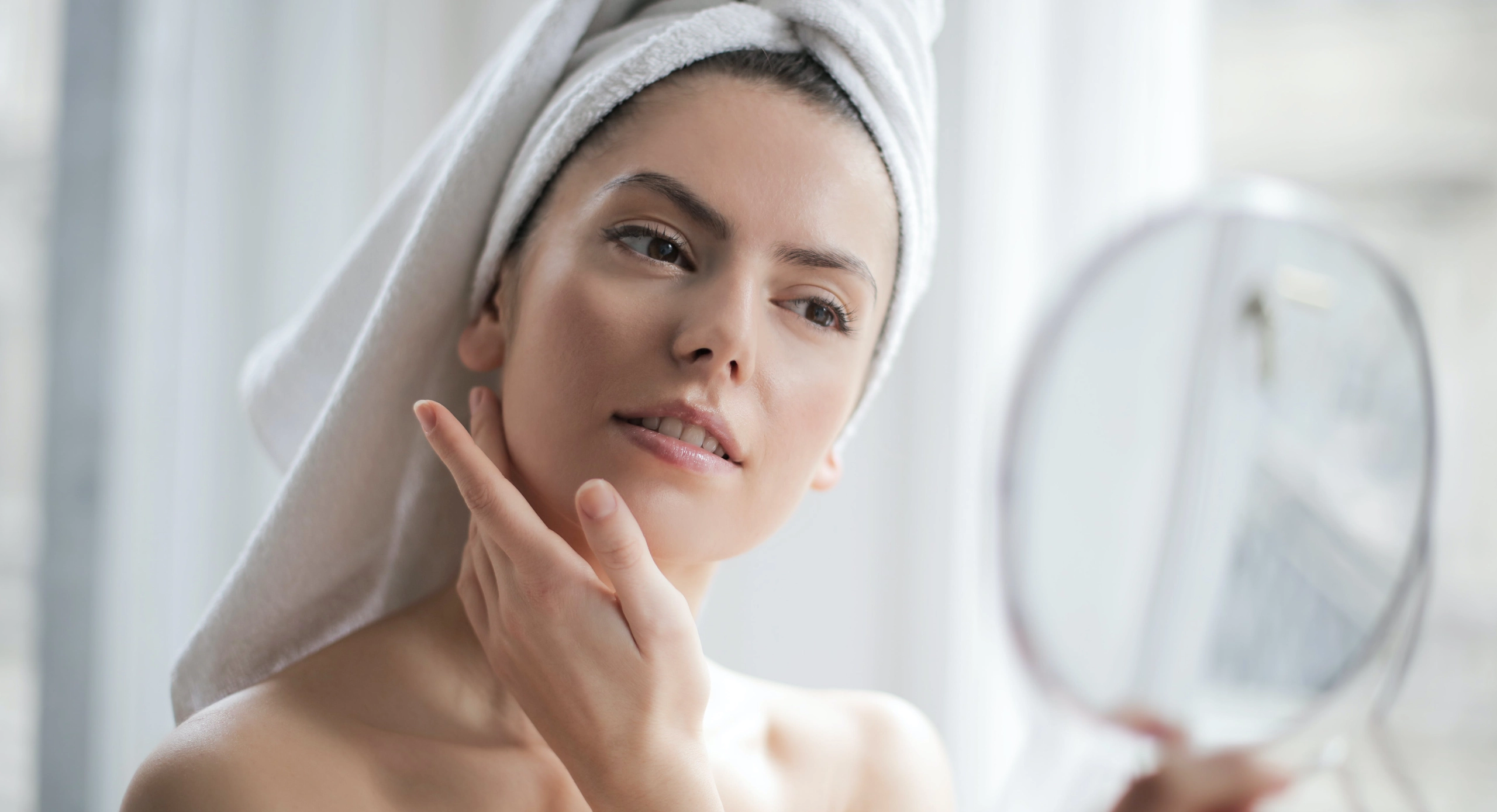
ANATOMY OF THE SKIN
The Anatomy of the Skin
The skin is the largest organ of the human body, covering a surface area of approximately 2 square meters (22 square feet) in an average adult. It is composed of three main layers: the epidermis, the dermis, and the hypodermis.
The Epidermis
The epidermis is the outermost layer of the skin. It is a thin, avascular layer of keratinized epithelium that provides a barrier against the elements. The epidermis is composed of five distinct layers:
- The stratum corneum is the outermost layer of the epidermis. It is composed of dead, keratinized cells that are constantly shed and replaced.
- The stratum lucidum is a clear layer of cells that is found in the palms of the hands and soles of the feet.
- The stratum granulosum is a layer of cells that contain granules of keratohyalin, a protein that helps to give the skin its strength and flexibility.
- The stratum spinosum is a layer of cells that are connected by desmosomes, cell-to-cell junctions that help to keep the skin together.
- The stratum basale is the innermost layer of the epidermis. It is composed of a single layer of cells that are attached to the dermis by a basement membrane.
The Dermis
The dermis is the middle layer of the skin. It is a thick, fibrous layer of connective tissue that provides support and strength to the skin. The dermis is composed of the following structures:
- Collagen and elastin are proteins that give the skin its strength and elasticity.
- Reticular fibers are a type of collagen that forms a network of fibers in the dermis.
- Blood vessels supply the skin with oxygen and nutrients.
- Nerves provide the skin with sensation.
- Hair follicles are structures that produce hair.
- Sweat glands are structures that produce sweat.
- Sebaceous glands are structures that produce sebum, an oily substance that helps to keep the skin hydrated.
The Hypodermis
The hypodermis is the innermost layer of the skin. It is a layer of adipose tissue (fat) that helps to insulate the body and protect it from injury. The hypodermis is also composed of the following structures:
- Blood vessels supply the hypodermis with oxygen and nutrients.
- Nerves provide the hypodermis with sensation.
- Lymph vessels drain lymph from the hypodermis.
The Functions of the Skin
The skin has a number of important functions, including:
- Protection: The skin protects the body from the elements, such as UV radiation, heat, cold, and water.
- Sensation: The skin is the primary sensory organ of the body. It contains nerve endings that allow us to feel touch, pain, temperature, and itching.
- Thermoregulation: The skin helps to regulate body temperature by sweating and shivering.
- Excretion: The skin helps to excrete waste products through sweat.
- Absorption: The skin can absorb certain substances, such as vitamins and medications.
- Immunity: The skin helps to protect the body from infection by acting as a physical barrier and by producing antimicrobial substances.
Skin Disorders
The skin is susceptible to a number of disorders, including:
- Acne vulgaris is a common skin disorder that is caused by inflammation of the hair follicles.
- Atopic dermatitis is a chronic skin condition that is characterized by dry, itchy skin.
- Psoriasis is a chronic skin condition that is characterized by red, scaly patches of skin.
- Eczema is a general term for a group of skin conditions that are characterized by inflammation and itching.
- Skin cancer is the most common type of cancer. It is caused by the abnormal growth of skin cells.
Skin Care
There are a number of things you can do to keep your skin healthy, including:
- Protect your skin from the sun. Wear sunscreen with an SPF of 30 or higher every day, even on cloudy days.
- Moisturize your skin regularly. This will help to keep your skin hydrated and prevent it from drying out.
- Avoid harsh soaps and detergents. These can strip your skin of its natural oils, leaving it dry and irritated.
- Eat a healthy diet. Eating a diet that is rich in fruits, vegetables, and whole grains can help to keep your skin looking its best.
- Get enough sleep. When you don’t get enough sleep, it shows on your skin. Aim for 7-8 hours of sleep per night.
- Manage stress. Stress can take a toll on your skin. Find healthy ways to manage stress, such as exercise, yoga, or meditation.
**By following these tips, you can help to keep your skin healthy and looking its
